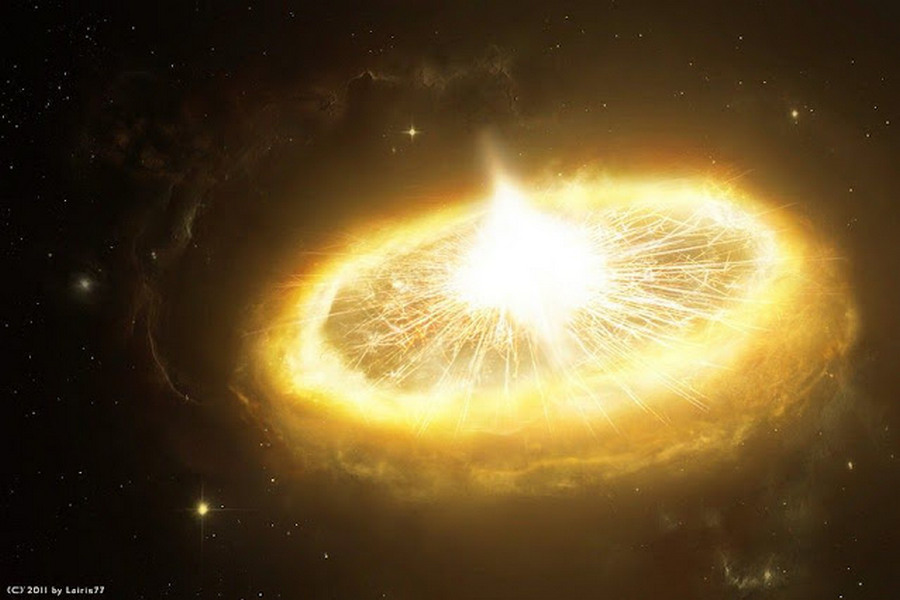It is so brilliant that it exceeds the physics’ energy threshold. A huge ball of hot gas, brighter than hundreds of billions of suns, is billions of light years away. Something that brilliant is difficult to imagine. What then is it? Although they have a few possibilities, astronomers are not entirely certain.
They speculate that it could be a magnetar, an extremely rare sort of supernova that pushes the energy limits of physics. In other words, it could be the most intense supernova observed to date.
This object is so luminous that astronomers are having a really difficult time finding a way to describe it. “If it really is a magnetar, it’s as if nature took everything we know about magnetars and turned it up to 11,” said Krzysztof Stanek, professor of astronomy at Ohio State University and the team’s co-principal investigator, comedically implying it is off the charts on a scale of 1 to 10.
The object was first spotted by the All Sky Automated Survey of Supernovae (ASAS-SN or “assassin”), which is a small network of telescopes used to detect bright objects in the universe.
Although this object is ridiculously bright, it still can’t be seen by the naked eye because it is 3.8 billion light years away. ASAS-SN, since it began in 2014, has discovered nearly 250 supernovae, however this discovery, ASASSN-15lh, stands out because of its sheer magnitude. It is 200 times more powerful than the average supernova, 570 billion times brighter than the sun, and 20 times brighter than all the stars in the Milky Way Galaxy combined.
“We have to ask, how is that even possible?” said Stanek. “It takes a lot of energy to shine that bright, and that energy has to come from somewhere.”
Todd Thompson, professor of astronomy at Ohio State, has one possible explanation. The supernova could have generated an extremely rare type of star called a millisecond magnetar — a rapidly spinning and very dense star with a crazy strong magnetic field.
This is how crazy magnetars are: to shine as bright as it does, this magnetar would have to spin at least 1,000 times a second, and convert all of that rotational energy to light with pretty much 100 percent efficiency — making it the most extreme example of a magnetar that is physically possible.
“Given those constraints,” Thompson said, “will we ever see anything more luminous than this? If it truly is a magnetar, then the answer is basically no.”
Over the coming months, the Hubble Space Telescope will try to solve this mystery by giving astronomers time to see the host galaxy surrounding this object. The team may find that this bright object lies in the very center of a large galaxy — meaning the object is not a magnetar at all — and the gas around it is actually evidence of a supermassive black hole.
If that is the case, then the bright light could be explained by a new kind of event, said study co-author Christopher Kochanek, professor of astronomy at Ohio State. It would be something that has never, ever been seen before at the center of a galaxy.
Whether it is a magnetar, a supermassive black hole, or something else entirely, the results are probably going to lead to new thinking about how objects form in the universe.
Source: amazingastronomy.thespaceacademy.org








